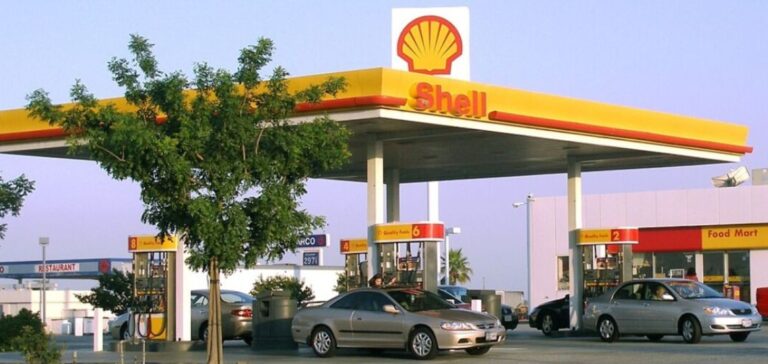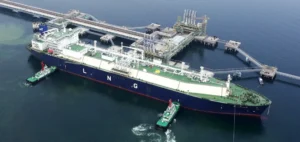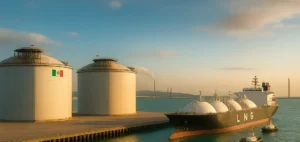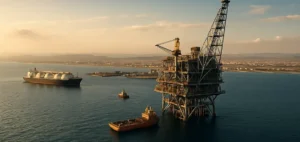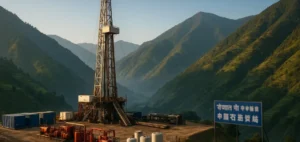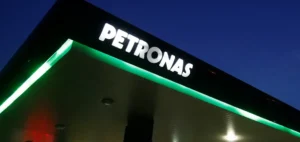Shell recently published its forecasts for the second quarter of 2024, indicating changes in production volumes for its various units. Upstream production could increase to 1.63-1.83 million barrels per day of oil equivalent (boe/d), compared with 1.70 million boe/d in the second quarter of 2023. By contrast, Shell’s integrated Liquefied Natural Gas (LNG) unit is forecasting a decline, with production estimated at between 920,000 and 980,000 boe/d, compared with 985,000 boe/d for the same period last year.
Overall performance and influencing factors
In the first quarter, Shell’s global production remained stable year-on-year at 2.91 million boe/d. This consistency was underpinned by a 2% increase in gas production, while oil production fell slightly by 1%. However, a new connection project, the Rydberg to the Appomattox oil hub in the Gulf of Mexico, began in February and is expected to reach production of 16,000 b/d at its peak.
Impact of maintenance activities
Shell also mentioned the impact of maintenance on its production forecasts for the second quarter, although the company benefited from less maintenance activity at its Prelude floating LNG facility in Australia, previously subject to technical problems.
First-quarter financial and operating results
Shell CFO Sinead Gorman highlighted the good start to 2024, adding that, “we have once again delivered a strong set of operational and financial results in the first quarter. In the Upstream segment, our conventional oil and gas business performed very well, with many key assets offering high controllable availability.”
The Platts Dated Brent North Sea benchmark averaged $83.16 in the first quarter of 2024, up on the previous year.
Downstream segment performance
In the Downstream segment, utilization of Shell’s refineries reached 91% in the first quarter, up from 81% in the fourth quarter of 2023, thanks to a reduction in planned maintenance in North America. Refinery feedstock rose slightly by 1% year-on-year, and the company’s indicative refining margin increased quarter-on-quarter, albeit below the previous year’s level.
Shell’s forecasts for 2024 point to strategic adaptation in the face of a dynamic market environment, with efforts to maximize production while managing operational challenges. This balanced management positions the company to respond effectively to market fluctuations while pursuing its long-term objectives.

